Federal Reserve Considers 10th Round of Interest Rate Hikes
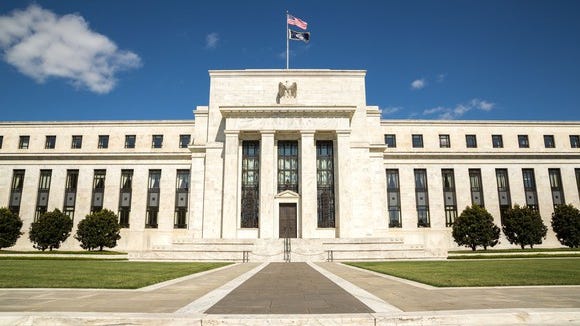
Experts predict the Federal Reserve likely will approve a quarter-percentage-point interest rate increase this week.
The Fed will have raised its benchmark rate 10 times in the last year, marking the fastest pace since the 1980s.
The cost of borrowing is increasing while consumers are still struggling to pay for a high standard of living. This makes them feel worse financially.
The Fed’s rate hike cycle may have started to cool the inflation, but higher prices are causing a decline in real wages.
|
According to the U.S. Bureau of Labor Statistics, the real average hourly wage is down 0.7% compared to a year ago.
Due to the fact that household budgets have not been able to keep up with inflation, more people are turning towards credit, just as interest rates are rising at their fastest rate in decades.
Tomas Philipson is a former White House Council of Economic Advisers chair and economist at the University of Chicago.
This is a breakdown on how the increase in the benchmark rate has affected the rates that consumers pay for the most common types debt:
Credit card interest rates average 20%
The variable rate on most credit cards is directly linked to the Fed benchmark rate.
Bankrate reported that after a long period of rate increases, the average rate on credit cards is now over 20% — a record high. Balances are also higher, and nearly half of cardholders carry credit card debt month-to-month.
Matt Schulz is the chief credit analyst for LendingTree. He said that “yet another rate increase from the Fed” will mean the sky-high interest rates on credit cards today will continue to rise in the near future. He said that cardholders can expect to see their interest rates rise within the next billing cycle.
Mortgage rates are now averaging around 6.5%
The Fed’s policies and inflation have led to a significant loss of purchasing power for those looking to buy a home.
According to Bankrate the average rate of a 30-year fixed-rate mortgage is currently 6.48%. This is down from November’s peak but still higher than a year earlier.
Jacob Channel, Senior Economic Analyst at LendingTree, said that while borrowers may save money compared to what they paid for a loan a few months earlier, they will still pay much more than if they had bought a house at the beginning of last year.
It’s hard to deny that today’s housing markets are difficult for many people.
The cost of buying a house at the beginning of last year is still much higher.
Jacob Channel
SENIOR ECONOMIC ANALYST FOR LENDINGTREE
The prime rate is used to determine the rates of adjustable-rate mortgages (ARMs) and home equity line of credit (HELOCs). The prime rate increases as the federal funds rate does. These rates also rise. HELOCs are adjusted immediately, unlike most ARMs which adjust every year. According to Bankrate, the average HELOC rate is already up to 7.99%.
Rates on auto loans have risen by more than 6%
Although auto loans are fixed payments, they are increasing because prices of all cars are rising and so are interest rates.
According to Bankrate, the average rate for a new five-year car loan is currently 6.58%.
Research shows that keeping up with higher costs has become more difficult, and many borrowers are falling behind in their monthly payments.
The federal student loan rate is already at 5%
The rates of federal student loans are also fixed. This means that rate increases won’t affect most borrowers immediately. Interest rates on federal student loan taken out for 2022-23 have already risen to 4.99%. Any loans disbursed following July 1 are likely to be even higher. The interest rates for the next school year will be determined by an auction of 10-Year Treasury Notes later this month.
The U.S. Department of Education anticipates that the payment pause will end sometime this year.
Private student loans are often tied to Libor, Prime or Treasury Bill rates. This means that as the Fed increases rates, these borrowers will pay more interest. The benchmark will determine how much more you pay.
Some banks offer deposit rates as high as 4.5%
The Fed does not directly influence deposit rates. However, yields are correlated with changes in the federal funds target rate. Savings account rates are now up to 0.39 percent on average at some of the biggest retail banks. They were close to zero during the Covid pandemic.
According to Bankrate, the top online savings account rate is as high as 4.5 percent, thanks to lower overhead costs.
Ken Tumin of DepositAccounts.com, the founder, says that if this is indeed the last rate increase by Fed for some time, deposit rates will likely slow down.
Greg McBride is the chief financial analyst for Bankrate.com. He said that “it’s still not too late.” He said that switching to a high yield savings account was still beneficial. “We might not see any more improvement, but it’s still substantial,” he added.
There’s no benefit to staying in the same place if you’ve not benefited from rates rising.

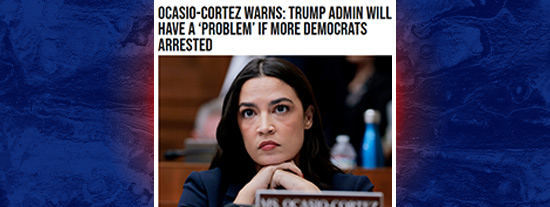

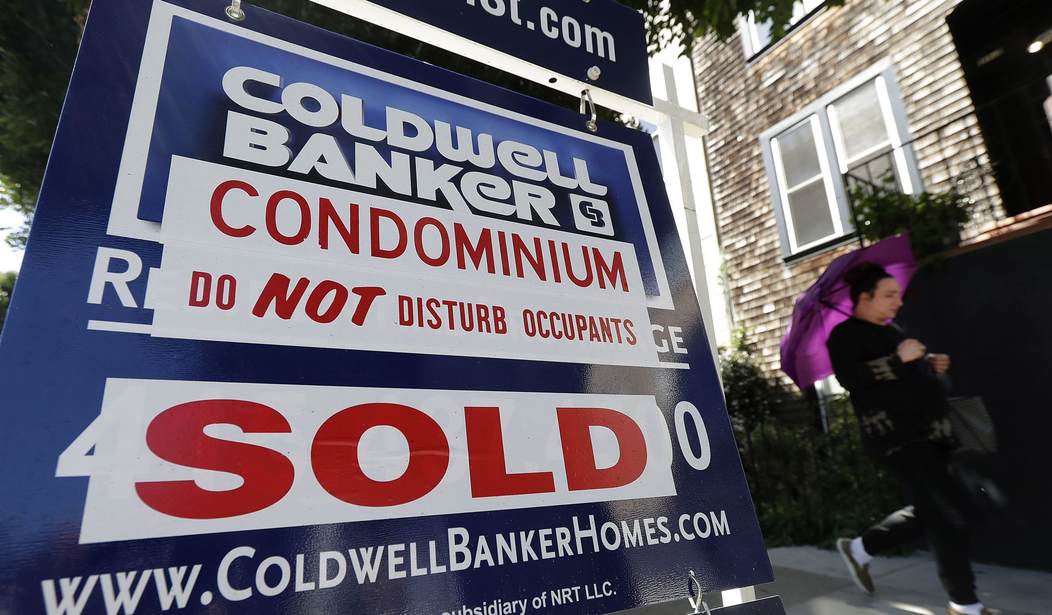


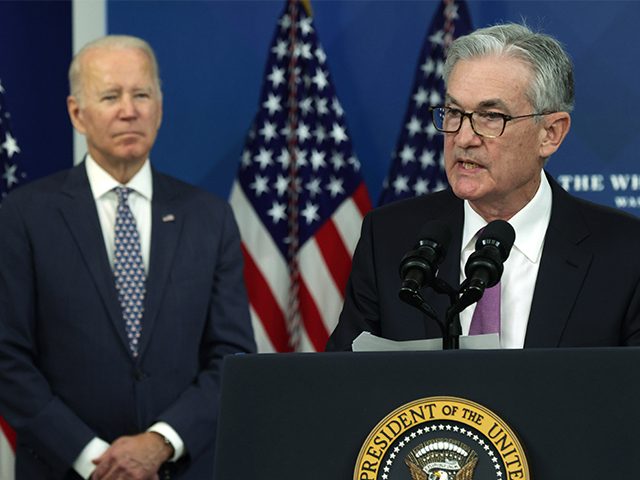
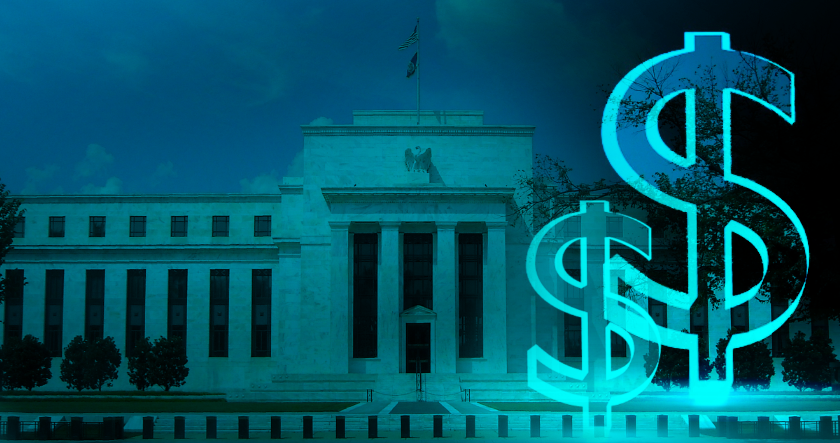

No Comments